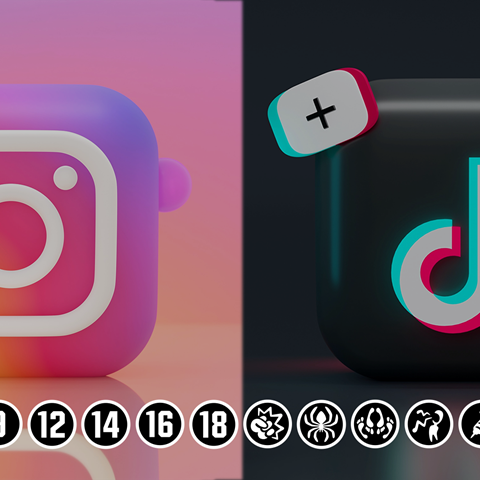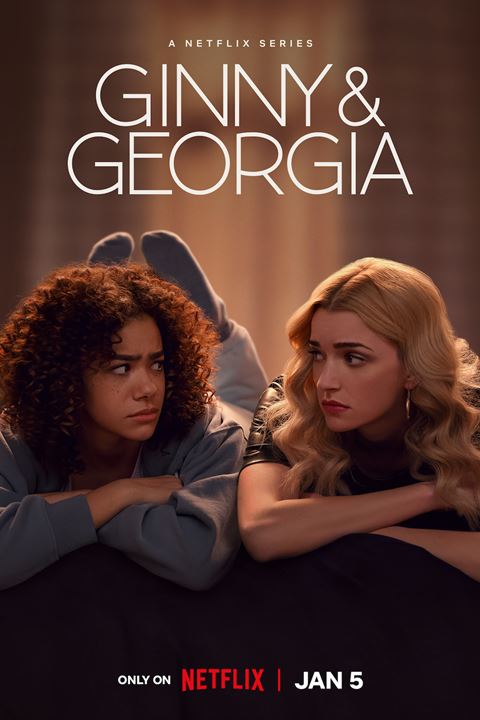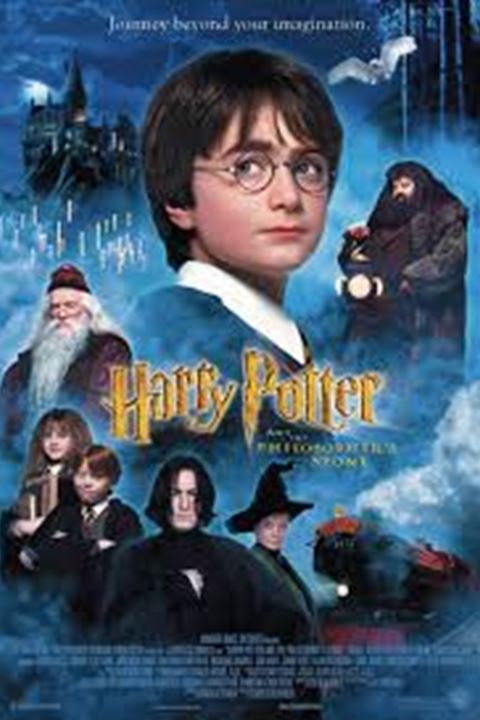Last Friday, 18 April, the Cabinet announced its policy guidelines concerning responsible use of the media in a ‘Media Wisdom’ letter. One of the conclusions the Cabinet reaches in this letter is that the Dutch media – public and commercial – are, generally speaking, taking their responsibilities seriously. This is expressed principally through their participation in the NICAM system and the information they provide through Kijkwijzer on the potentially damaging nature of their products.
The Cabinet recognises NICAM’s good functioning and sees a role for the organisation in the future as one of the pillars supporting the goals of responsible media use.
Alongside NICAM, the new Mediawijsheid Expertisecentrum [Media Wisdom Expertise Centre] will play a significant role in the aim of achieving responsible use of the media and promoting media wisdom in society at large. The centre has been charged with initially focusing on children, parents and teachers. The centre will be set up as a network organisation, bringing together the strengths of the existing initiatives. NICAM will also participate as a partner in this network. The Mediawijsheid Expertisecentrum organisation will be supported by Kennisnet [Knowledge net], the Public Broadcasters, Beeld en Geluid [Netherlands Institute for Sound and Vision], ECP.nl and the Vereniging van Openbare Bibliotheken [Netherlands Public Library Association]. Parents’ organisations have been asked by the Cabinet to arrange representation for themselves within the core group.
Ongoing government involvement
The Cabinet is positive not only about the functioning of Kijkwijzer and NICAM, but has also concluded that government involvement – referred to as co-regulation – is leading to improvements in the system. An example of this is the introduction of the new 9 years age recommendation, which was introduced partly at the request of the government. In addition, NICAM’s performance has increased with a constant level of government investment. The government’s 50% contribution to NICAM will be continued at least until 2011. At the end of this period, a balance will be drawn up.
(Almost) complete affiliation by the media sector
The Cabinet has concluded with satisfaction that the entire audiovisual media sector is affiliated to NICAM and using Kijkwijzer. The only exceptions are a small number of independent DVD distributors which, in spite of a call to do so by the Minister of Education, Culture and Science, have not yet affiliated. At the request of the Lower House, the names of these parties which are not participating (Just Entertainment and Paradiso Home Entertainment) have been published in the letter.
Subsidy for suitability pilot
The Cabinet is taking on NICAM’s proposal for a pilot project providing information on the suitability of media products for children. NICAM will receive a subsidy over the next three years for the development of an online information service as proposed by NICAM’s Advisory Committee. During this trial period, it will be determined whether a system for suitability information is feasible. The trial must also demonstrate whether it is possible, on the basis of well-founded criteria, to arrive at a recommendation on suitability and whether this will actually be used by parents. There must not be any confusion with Kijkwijzer and it must also be determined where the onus of management should eventually lie.
Preference for NICAM complaints system
Following a proposal from the SGP [Political Reformed Party], the Cabinet is having research carried out into whether a complaints system should be introduced along American lines, whereby parents can make objections to ‘immoral’ television programmes and television programmes can be tested against set standards before broadcast. The Nederlands Jeugdinstituut [Netherlands Youth Institute] has performed an international comparative survey to this end. On the basis of the survey, the Cabinet has concluded that the NICAM system, with a single body and a uniform complaints procedure for all audiovisual products, is the most favourable system from an international perspective. The Cabinet also prefers the NICAM system to a system founded on criteria that stipulate what is morally permissible, as this is not always seen by everyone in the same way. The criteria for the Kijkwijzer classifications, on the other hand, are as objective as possible as they are based on scientific research into harmfulness for minors.
Nevertheless, the Cabinet believes that there is still room for improvement. NICAM could realise this by involving parents more actively with the testing criteria. The Cabinet will consult with NICAM on the following possibilities:
- investigation of whether the Kijkwijzer criteria sufficiently reflect parents’ experiences;
- investigation among parents of the complaints procedure and decisions by the complaints committee,
- publication of decisions by the complaints committee, not only by NICAM but also by the media concerned.
The letter also refers to:
- the introduction this year of the new Kijkwijzer 9 years age recommendation;
- research commissioned by the Ministry of Justice into compliance with the age recommendations for films and games at the end of the distribution chain (admission to cinemas, sale and rental policy in shops, videotheques and libraries);
- research also carried out by the Ministry of Justice into the desirability, possibility and effectiveness of a blanket ban on the distribution of extremely violent visual material, particularly in games;
- development of a ‘machine readable’ version of Kijkwijzer for internet use;
- the conclusion by the Media Authority in its last report (2007) that the broadcasters take Kijkwijzer seriously;
- there will not be a single code of conduct for the media, but the media will be called upon to actively make it clear what they are doing/intend to do with reference to this point.






